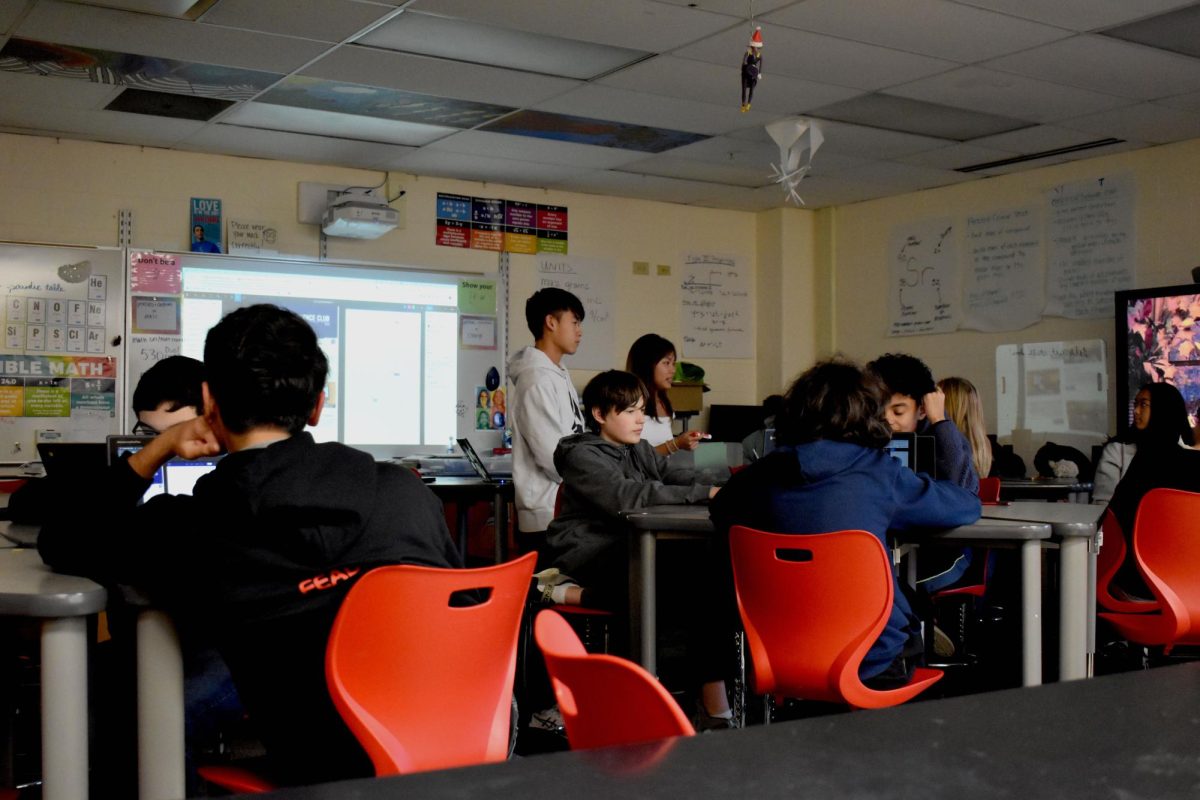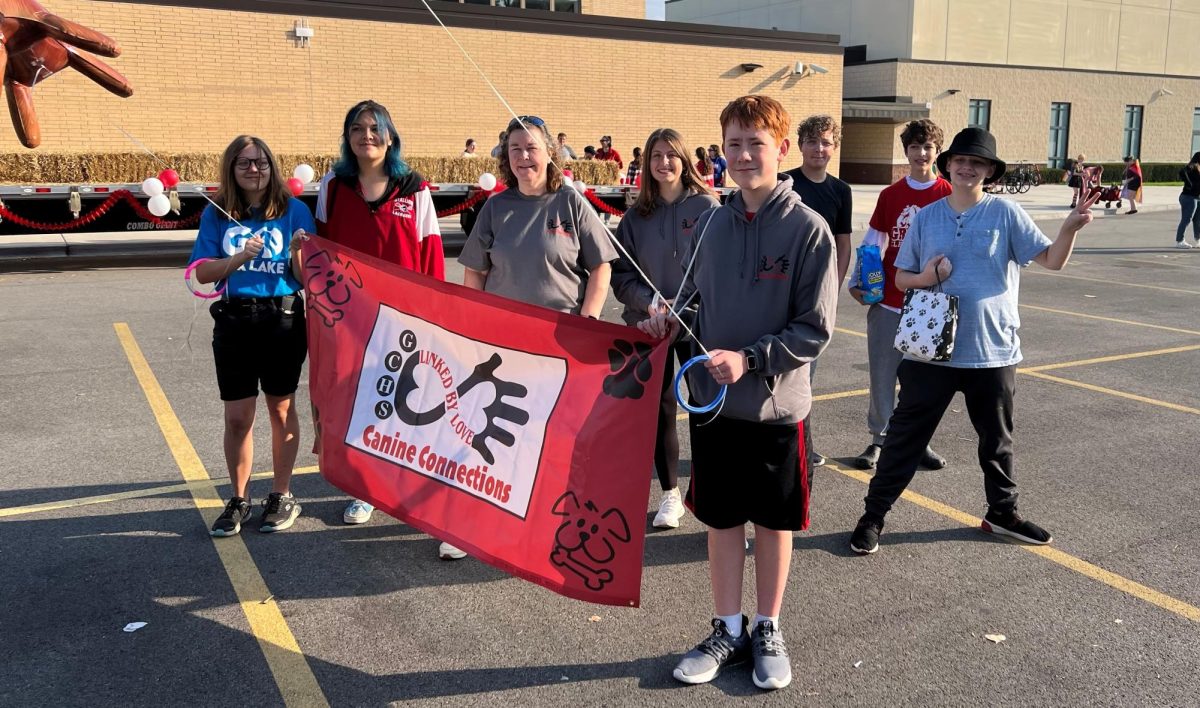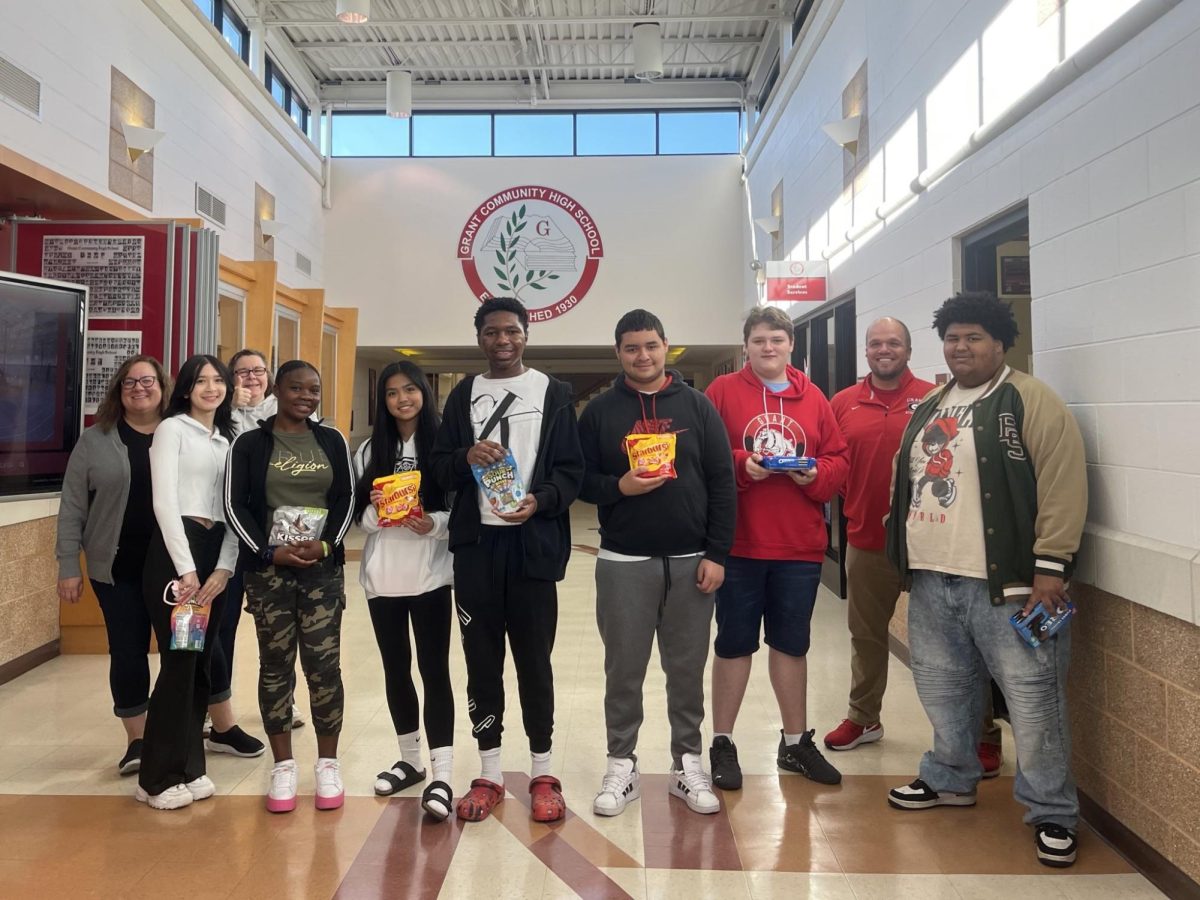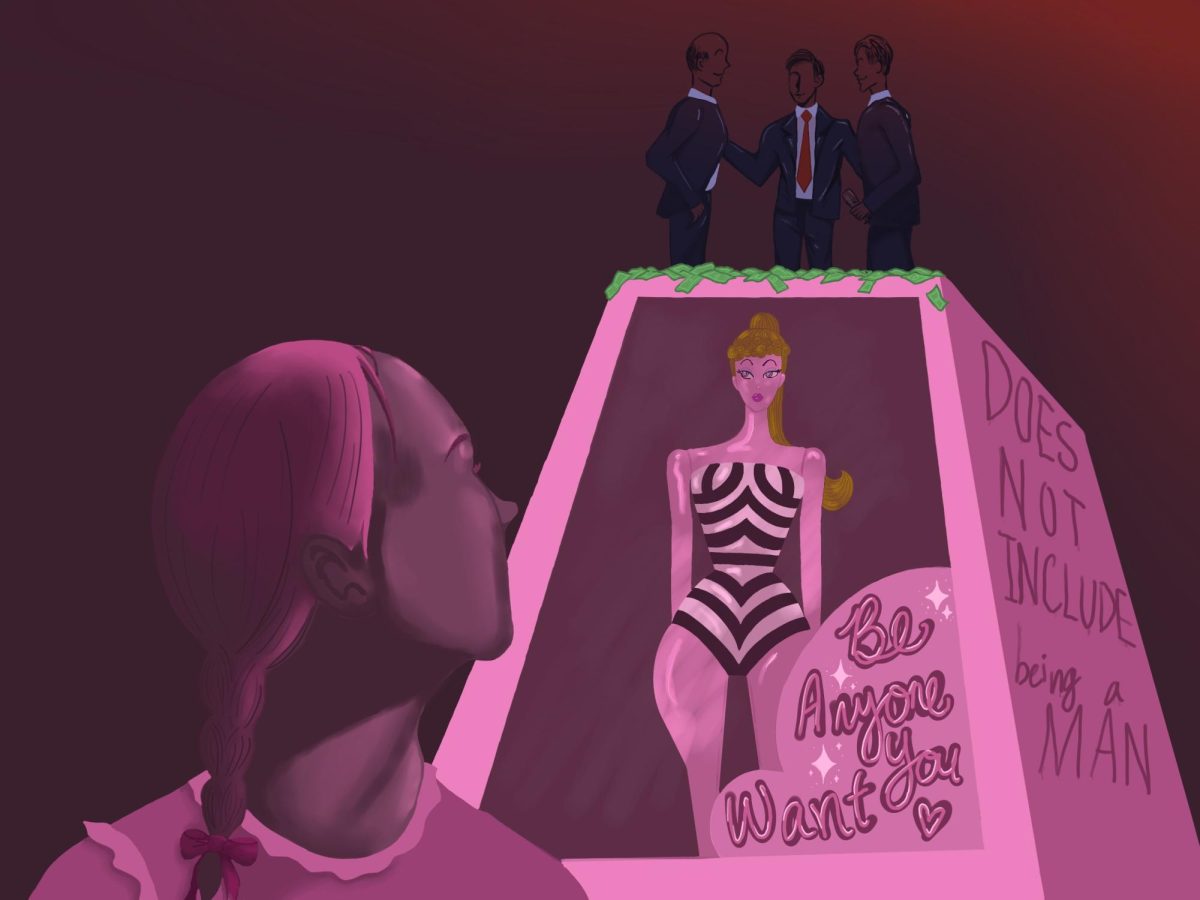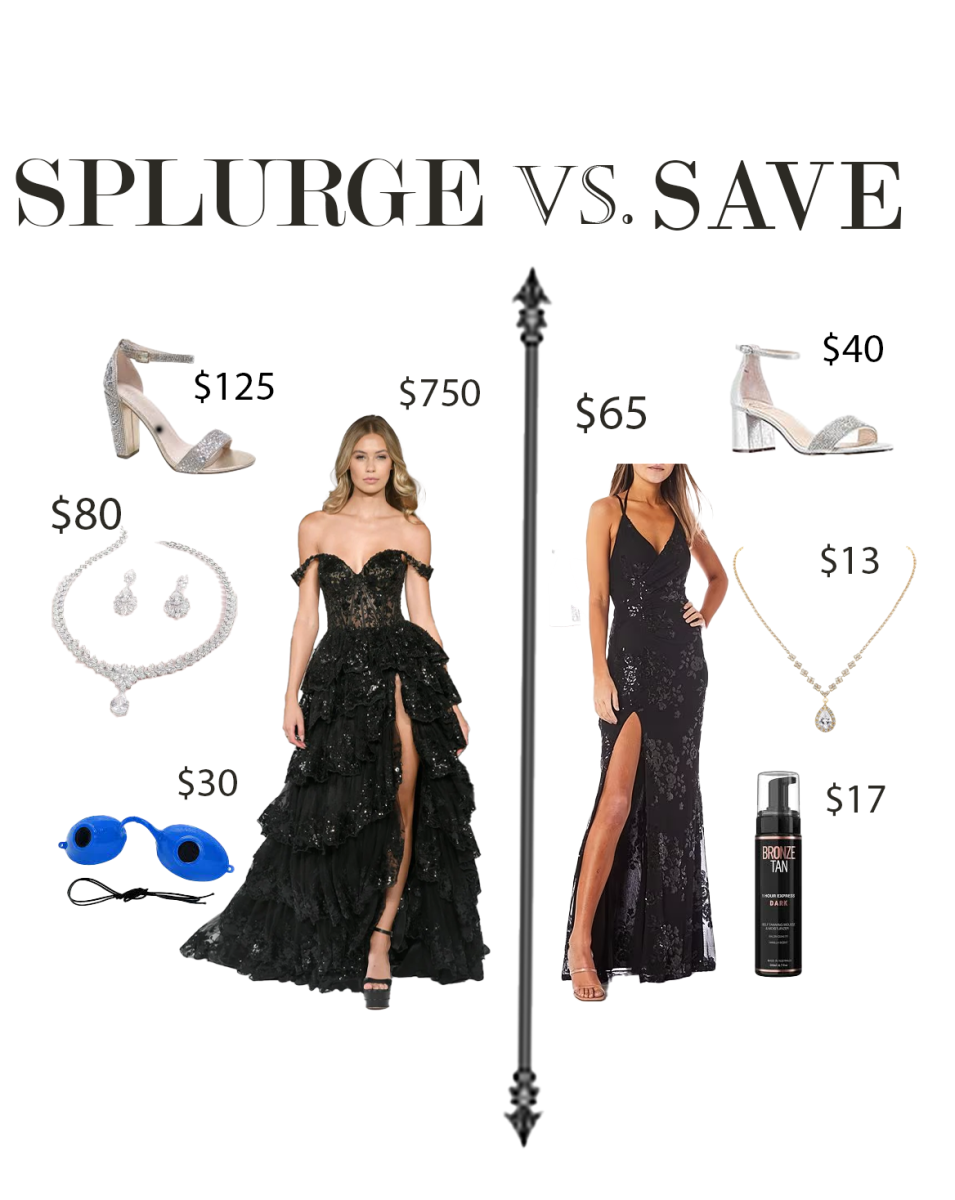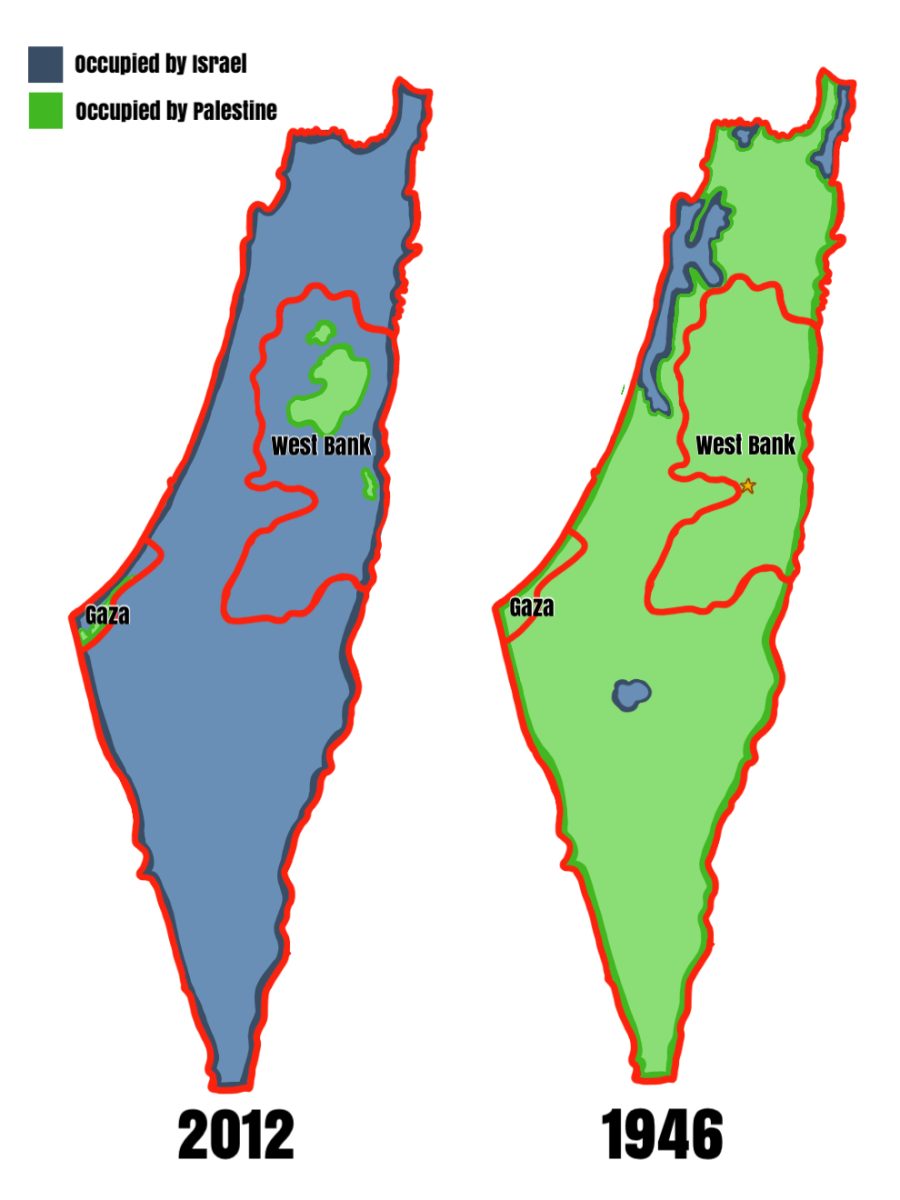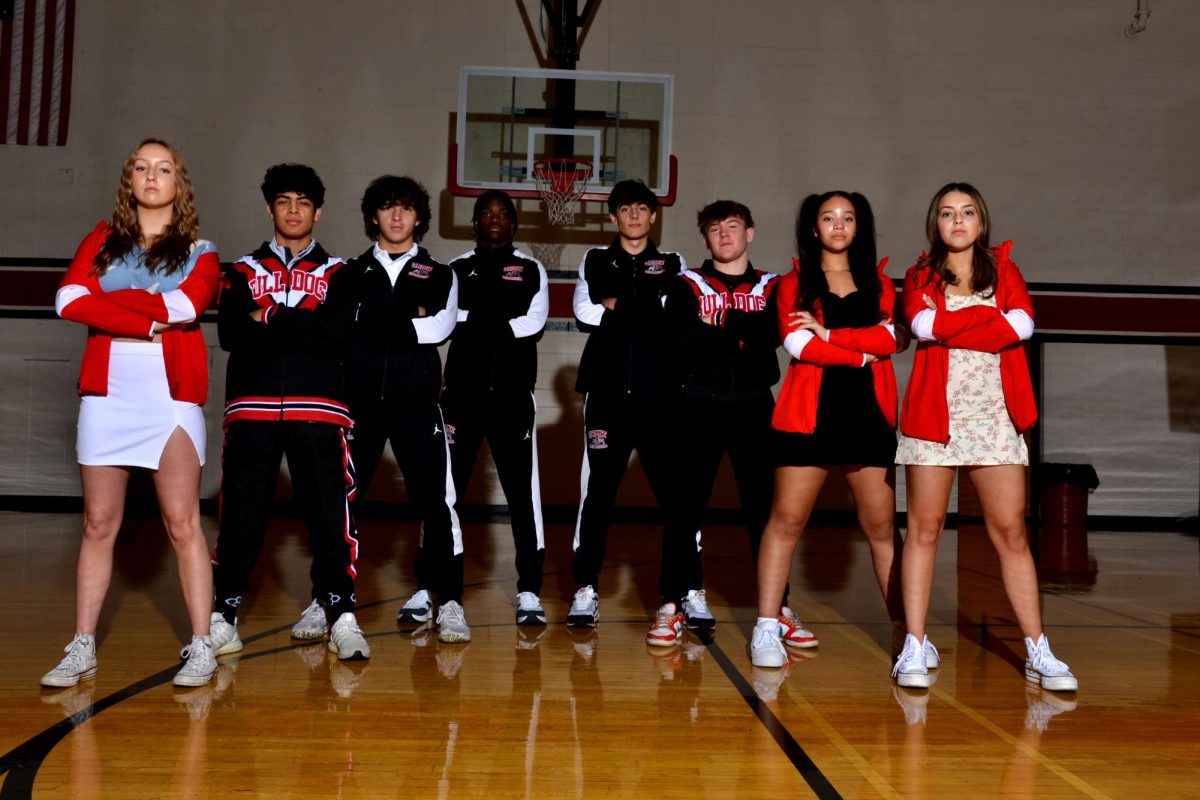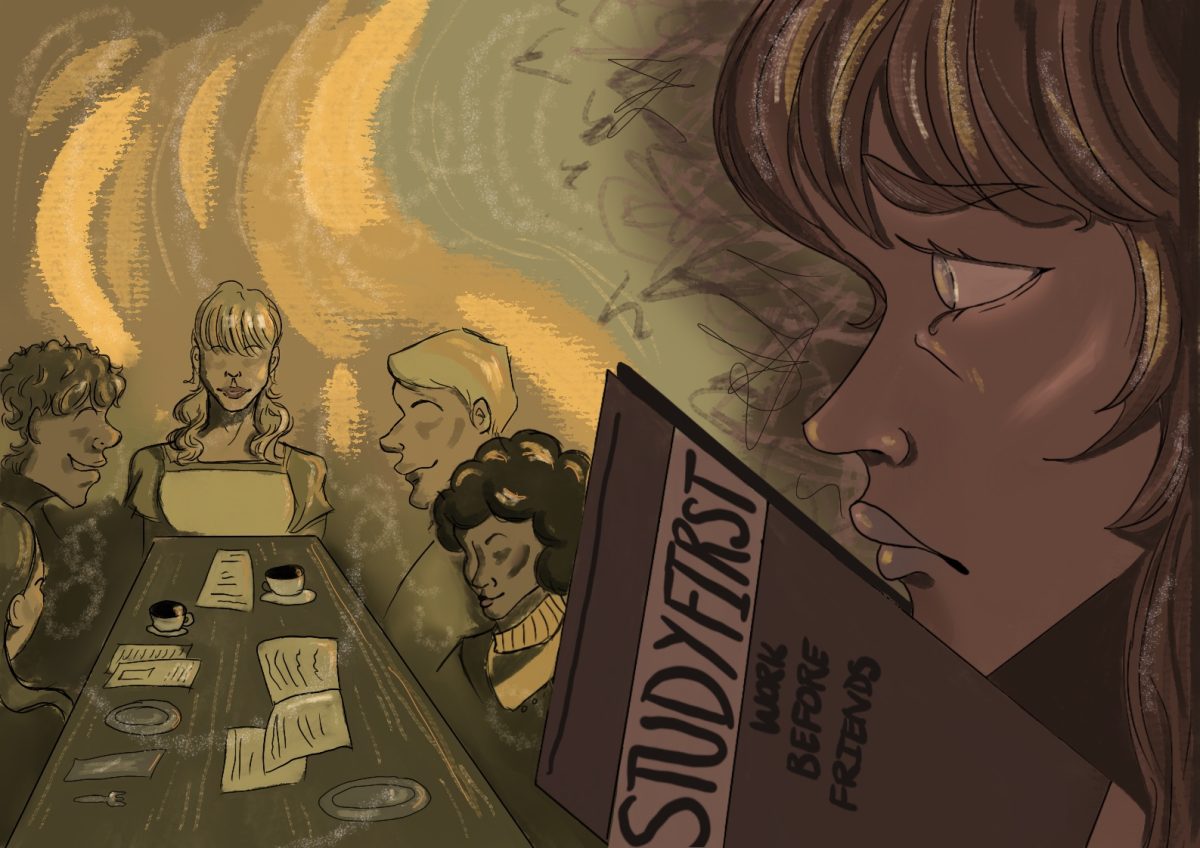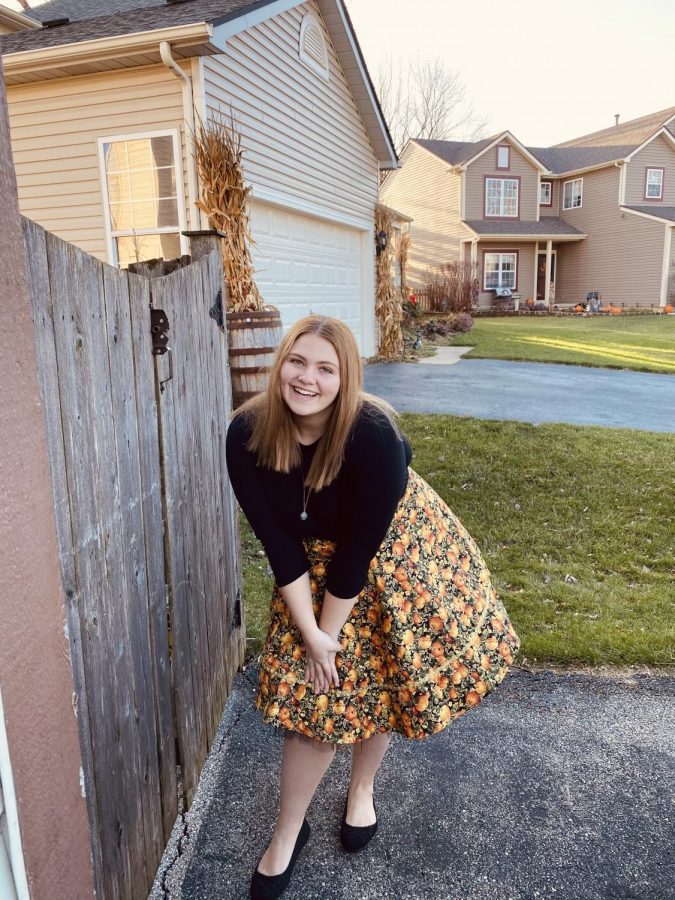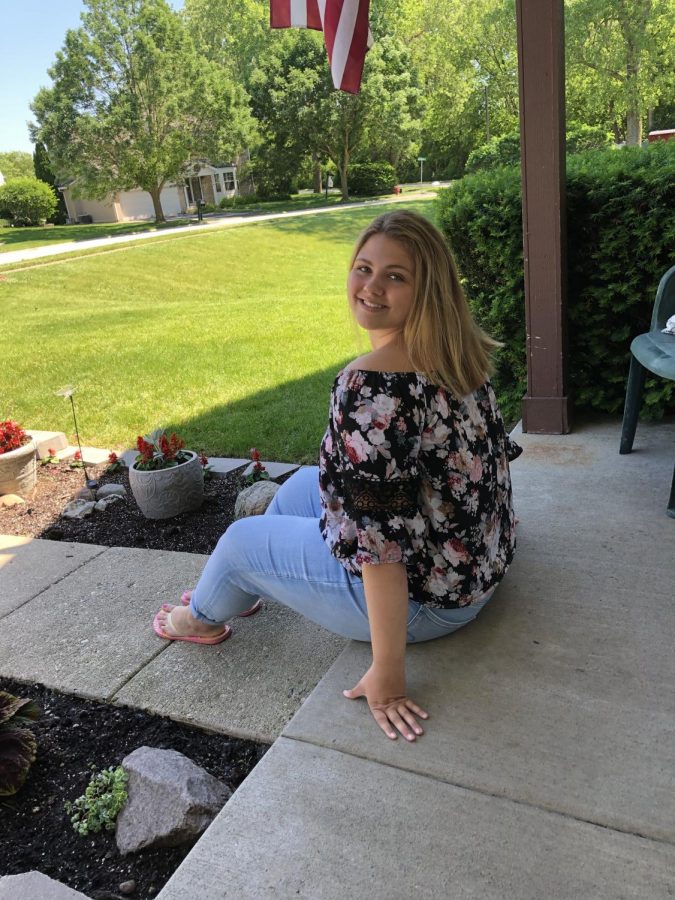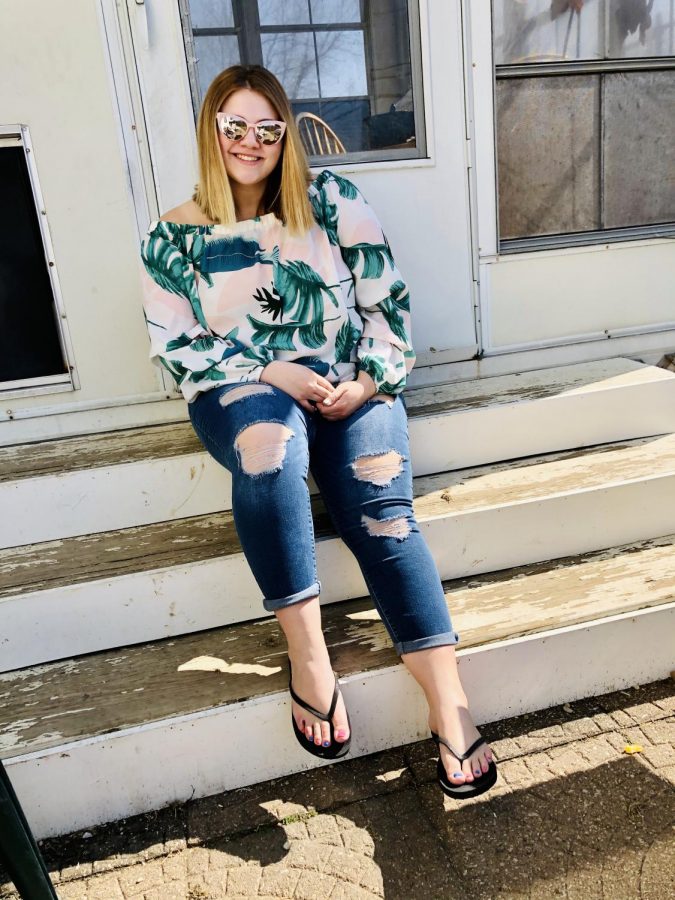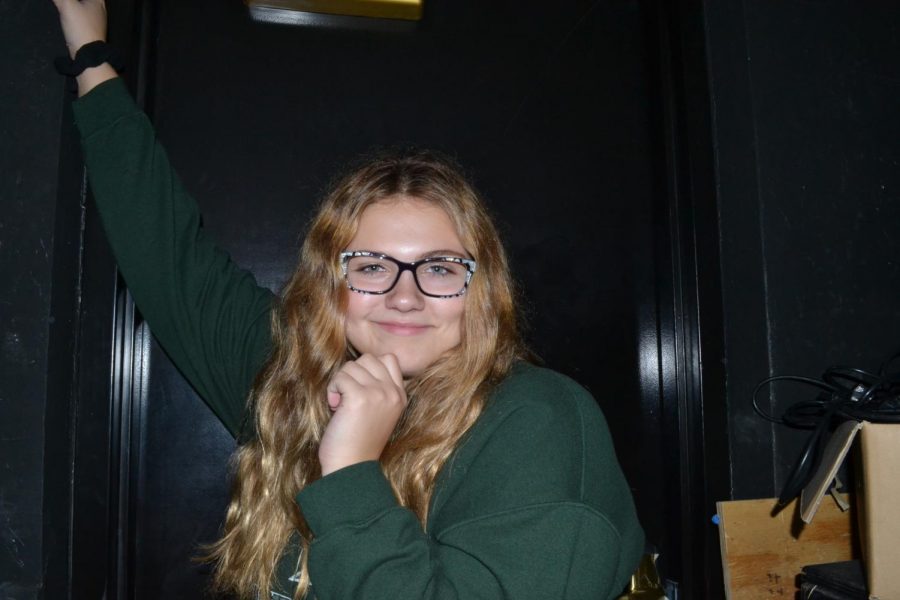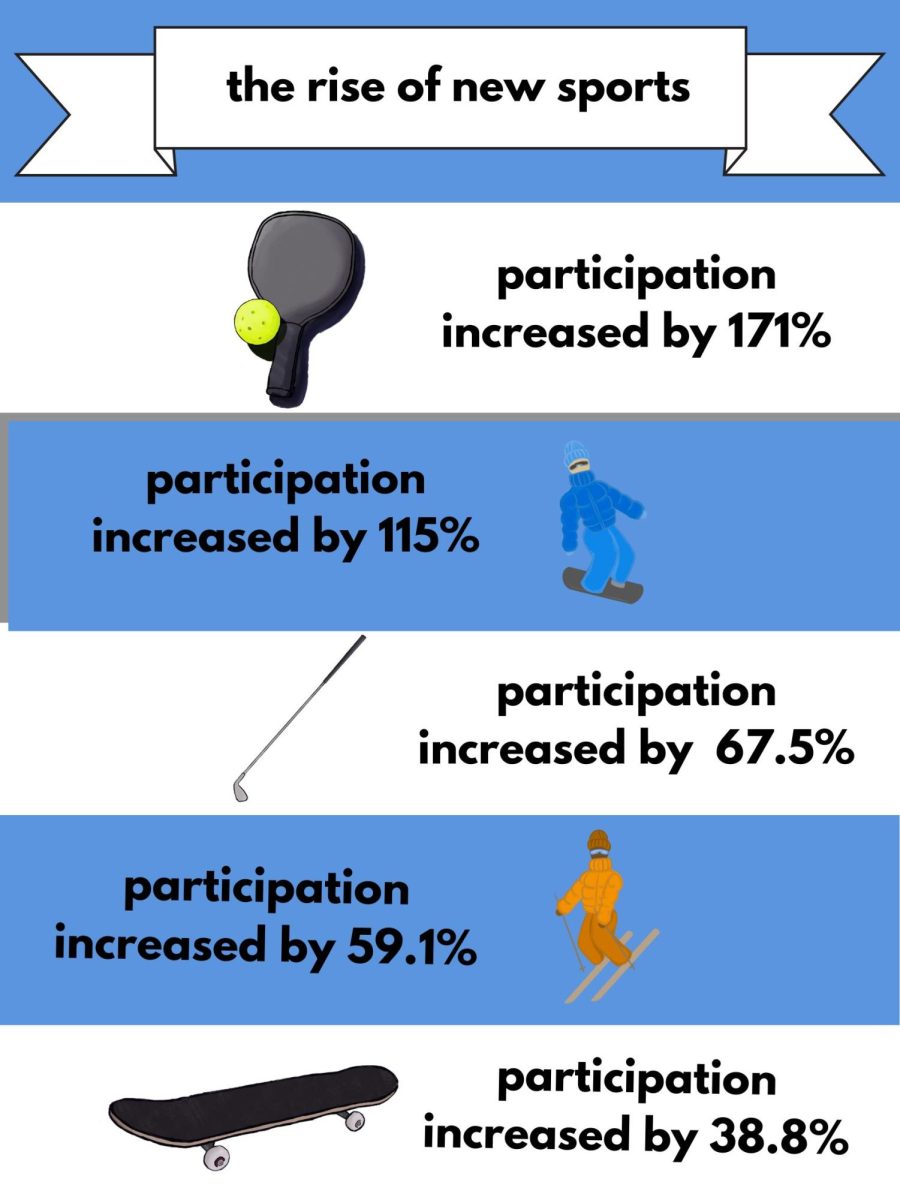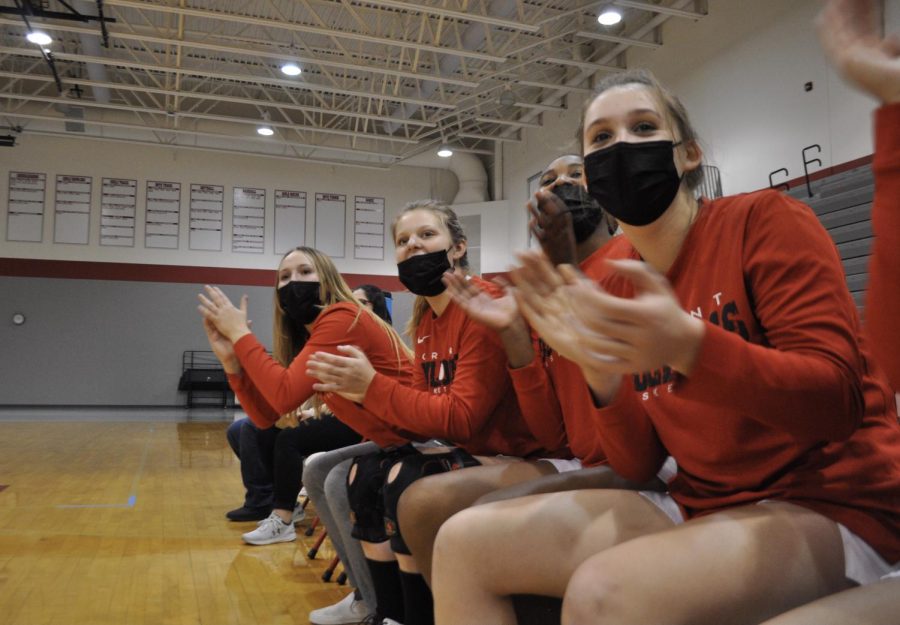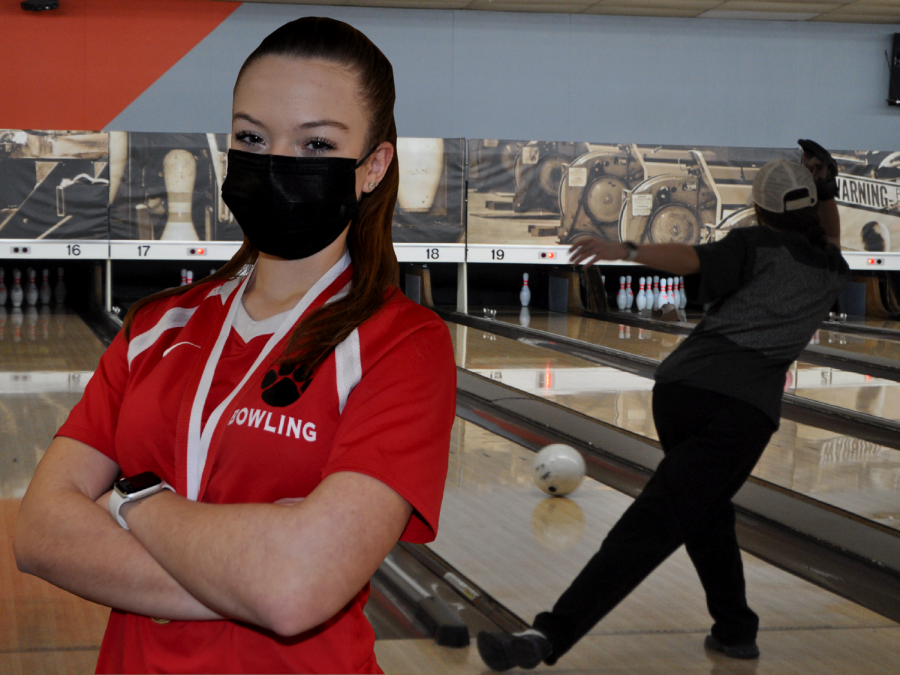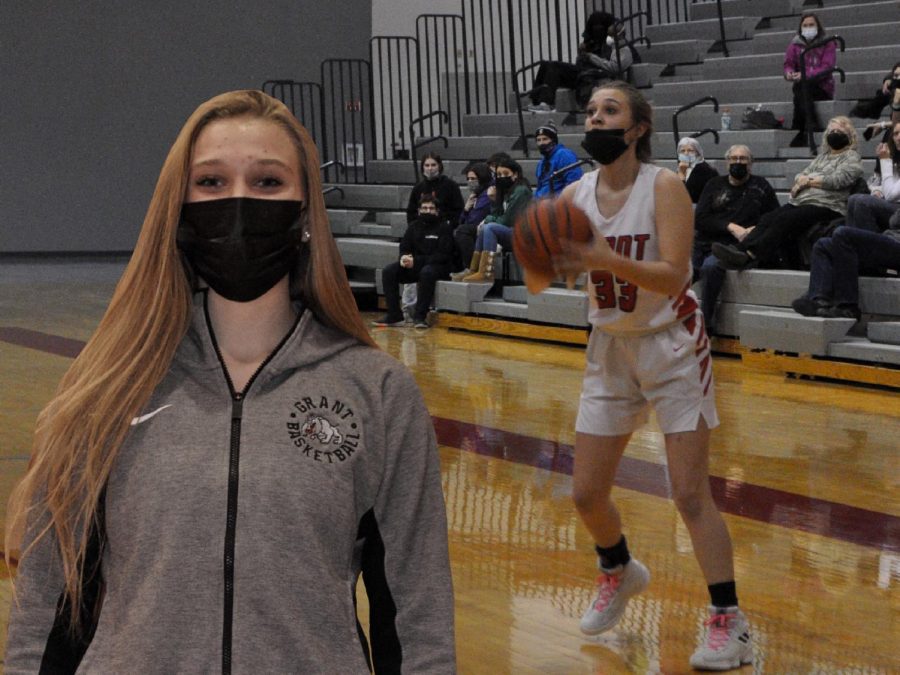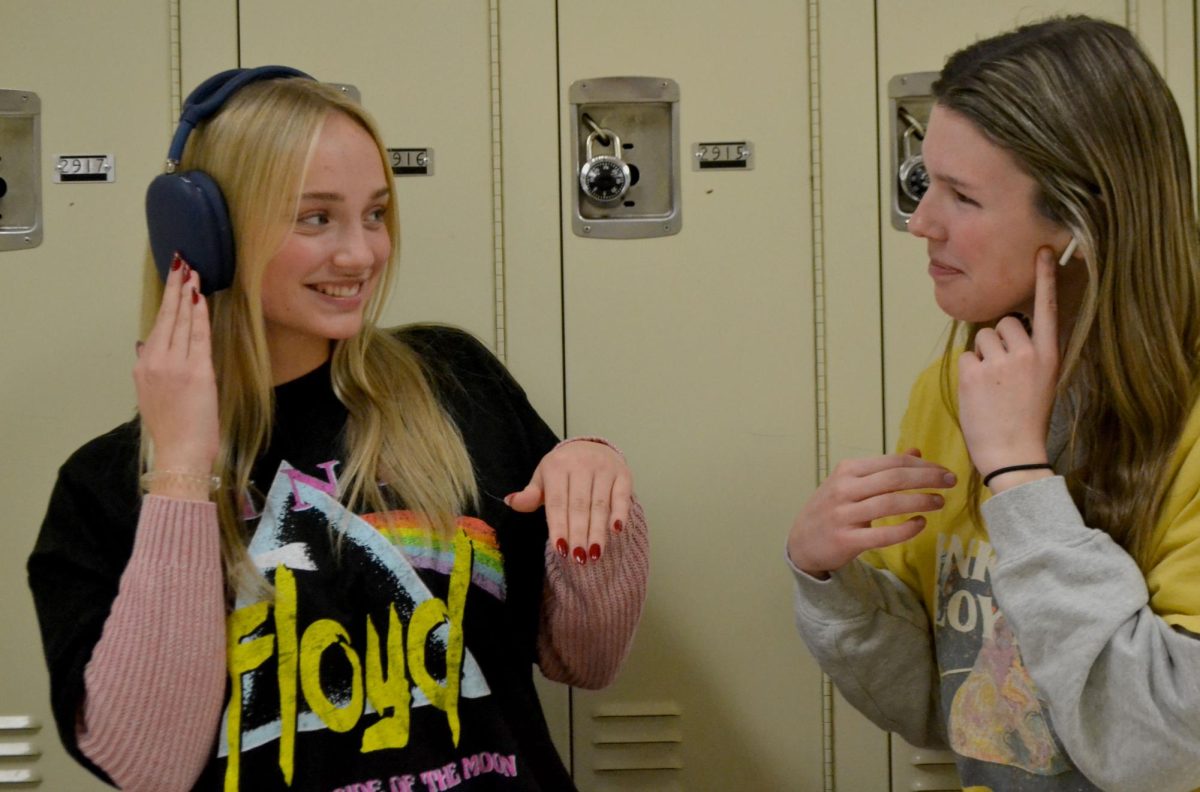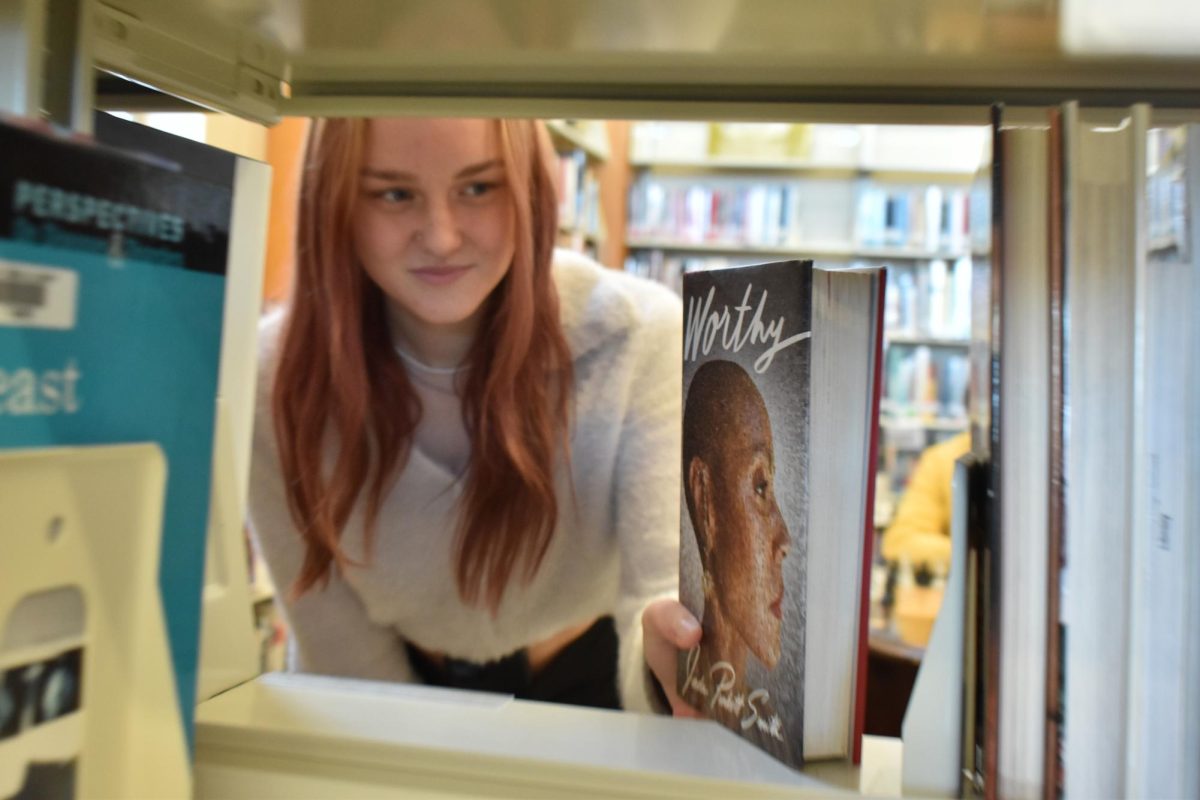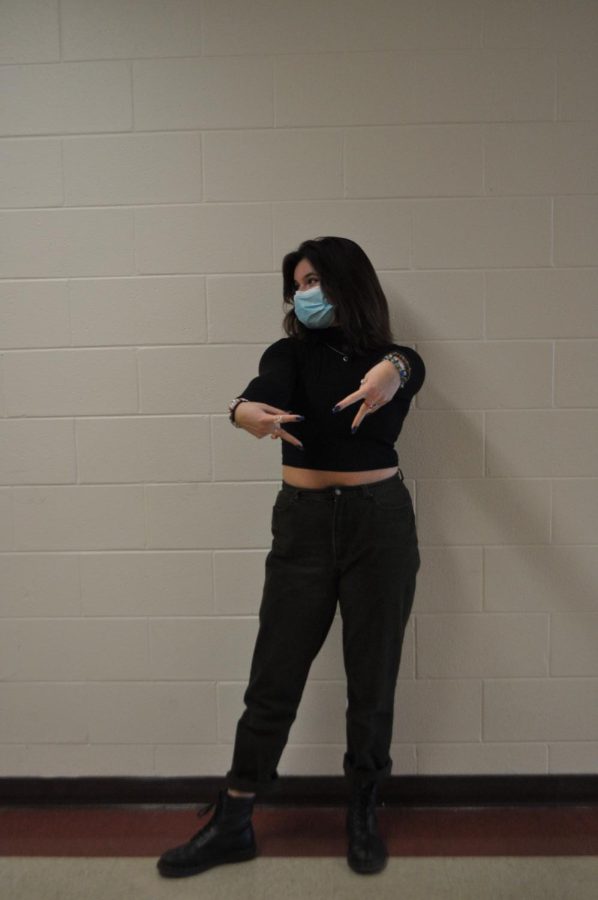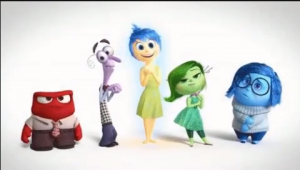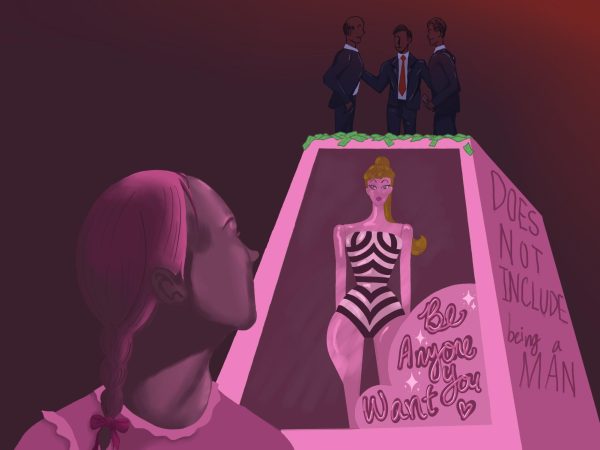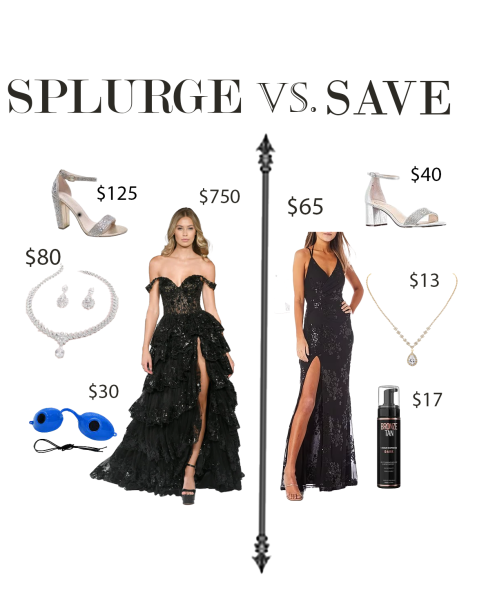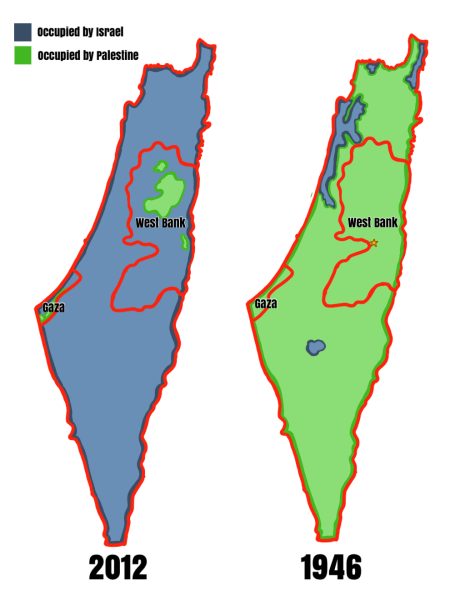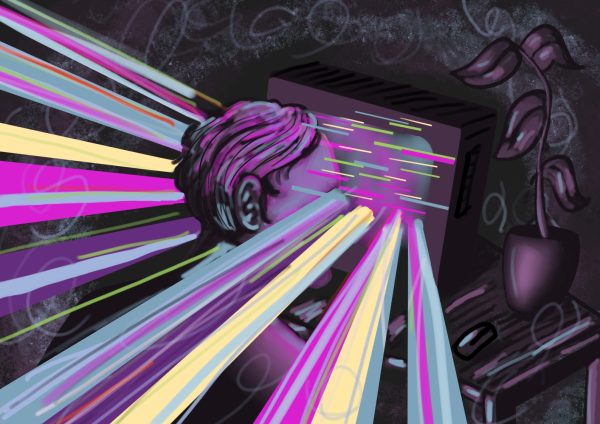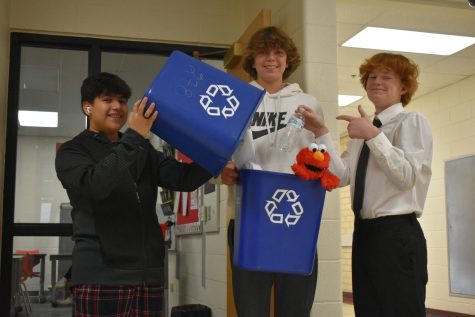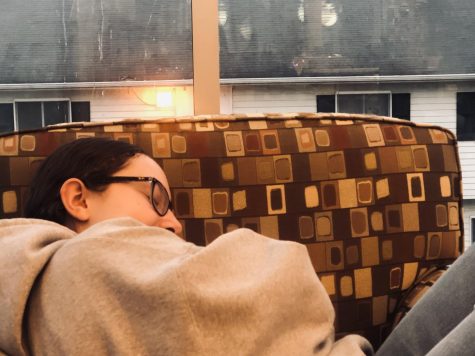Frightful Fast Fashion
March 18, 2022
Fashion lives off of creativity and individuality. Every individual expresses themselves off of the clothes they choose to wear, whether that is rocking very eccentric clothing or simply sticking to a capsule wardrobe. Even though everyone has their own personal style, we have all been victims of hopping onto fashion trends. Throughout the decades, trends have been idolized as “the pinnacle of fashion” and then deemed “tacky” when they become too popular.
Trend cycles usually go through a twenty-year rule, where past trends come back in style. Some examples of this are scrunchies, mom jeans, flare pants, and even velour loungewear. Even though trends stick around for a short-lived time span, that amount of time is becoming increasingly smaller. As social media continues to spearhead the industry as the fashion hub for billions of individuals, the trend cycle has gone from a couple of years down to just months. For example, this is the past 2-3 years of fashion cycles. Before the pandemic, the top trending items were white crocs, shell necklaces, and anything Pura Vida. For an acceptable amount of time, everyone wanted to be “that vsco girl.” During the pandemic, trends changed to loungewear, cow print, and bucket hats. Only months later, trends have drastically changed, even though in previous years those specific trends would’ve stayed around for years.
Trends going “in” and “out” of style alarmingly quick have done a vast amount of damage to our planet. Because of the rise and fall of various different trends becoming quicker, overproduction and overconsumption of clothing have become painfully high. In 2018, the fashion industry made up roughly 4 percent of global emissions, while also using more greenhouse gas emissions than maritime shipping and international flights. On top of that, less than 1 percent of the material used in the fashion industry is recycled. By the year 2030, it is estimated that 102 million tons of fashion items will be produced every year, polluting the environment drastically. It’s up to us, the consumers, to change the fashion industry.
Creating a personal style, instead of hopping from trend to trend, will benefit consumers, the climate, and the fashion industry overall. Grabbing beloved pieces from different trends, customizing already owned clothing, and sticking to an aesthetic will make individuals unique to the rest of the consumers, which trends desire to do. “I got really tired of keeping up with every trend, and I decided to do my own thing,” reveals Paige Schiller, a senior at Grant Community High School. “Since I already made my own jewelry, it inspired me to make my own clothes with the tools I already had.’’ Creating a personal style, or even some earrings, will hold more value than an item purchased from a fast fashion website-those which is often made in a sweatshop. Every individual has fragments of their own personal style, but fully producing it will fully benefit that individual and the planet.
Creating a personal style solely relies on what genres of fashion, prints, colors, and cuts of clothing the individual prefers. When all of that information is gathered, you’re able to truly have fun with fashion instead of keeping up with the latest trends. Personalizing a unique style for each individual will guarantee a decrease in fast fashion, money wasted, stress, and even climate change.

